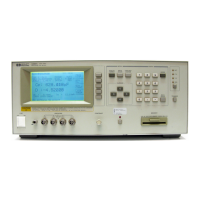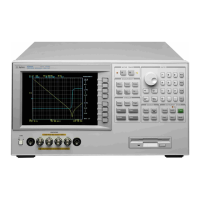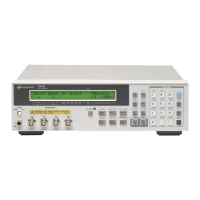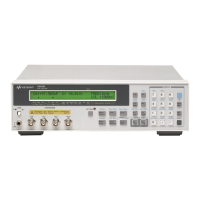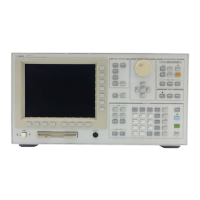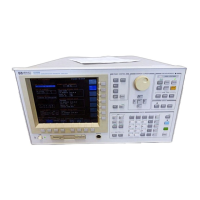60 Chapter 6
Reading Out Measured Result
Data Transfer Format
Binary transfer format
When data is transferred in the binary transfer format, values (binary data) are transferred
in the format shown in Figure 6-3.
Figure 6-3 Binary transfer format
In this data transfer format, a pounds symbol (#) occurs at the beginning. The 2nd byte
<digit count> indicates the number of bytes in the <transfer data byte count> part. The
<transfer data byte count> indicates the total number of bytes of the binary data. <new
line><^END> is the message terminator.
Binary data is in the IEEE 754 floating point format consisting of 64 bits as shown in
Figure 6-4.
Figure 6-4 64-bit floating-point data
Byte order
In binary transfer, data bytes (8 bytes) are transferred from the byte including the MSB
(Most Significant Bit) (the left-most byte in Figure 6-4) through the byte including the LSB
(Least Significant Bit) (the right-most byte in Figure 6-4).
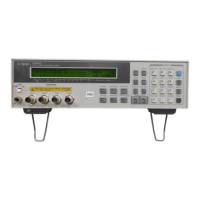
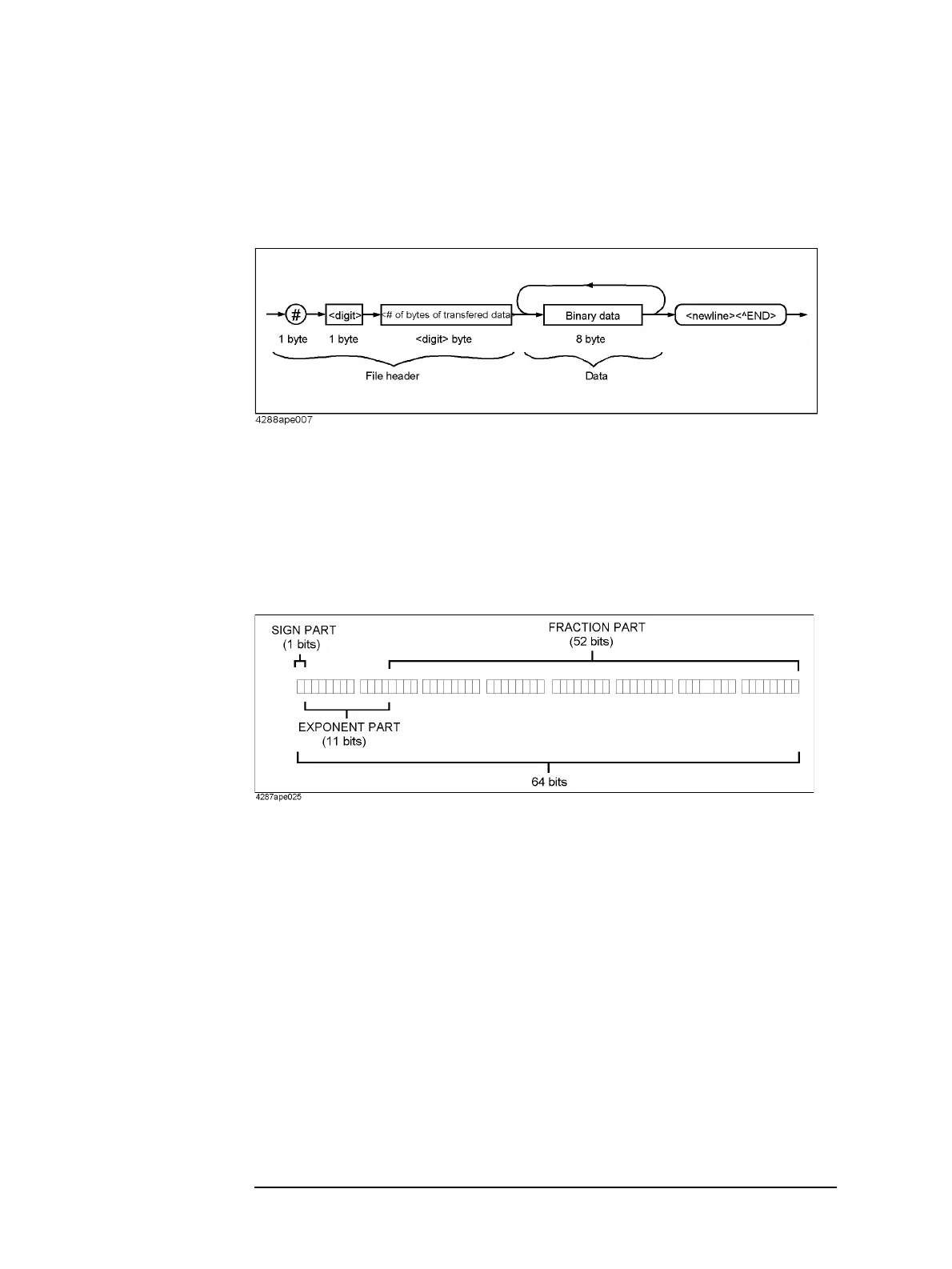